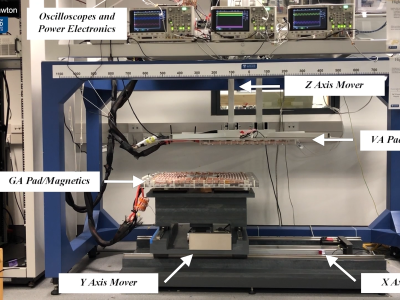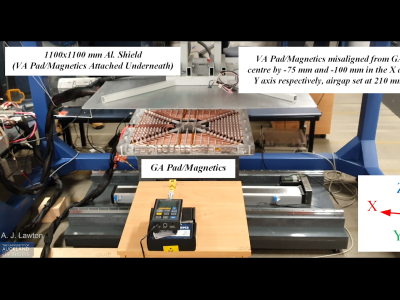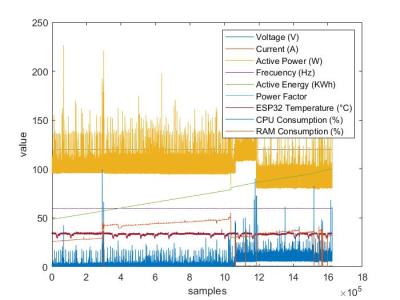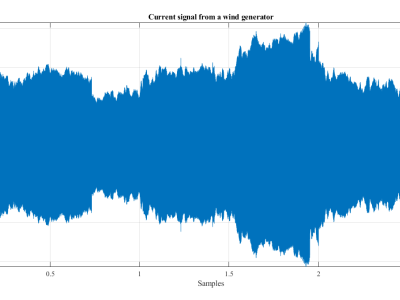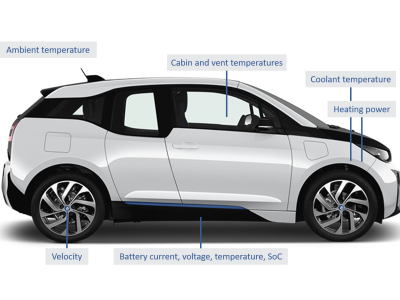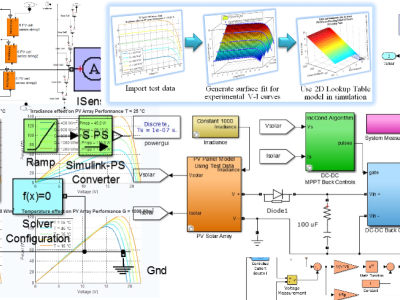A Power Class Interoperable Multi-Coil Inductive Power Transfer System for 10/50 kW EV Charging: Experiment Video
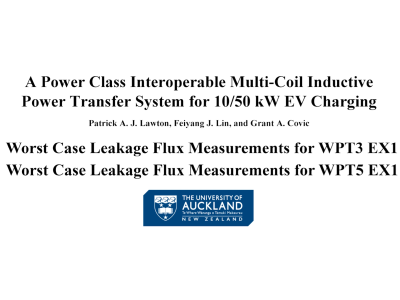
- Citation Author(s):
- Submitted by:
- Patrick Lawton
- Last updated:
- DOI:
- 10.21227/ptgf-bc14
 135 views
135 views
- Categories:
- Keywords:
Abstract
This experiment is from the paper "A Power Class Interoperable Multi-Coil Inductive Power Transfer System for 10/50 kW EV Charging" (10.1109/OJPEL.2024.3514519), and presents an Inductive Power Transfer (IPT) system for Electric Vehicle (EV) charging with Power Class Interoperability (PCI) between the SAE WPT3 (10 kW) and WPT5 (50 kW) power classes using a multi-coil Bi-Polar Pad (BPP) Vehicle Assembly (VA) magnetic topology. The objective is to provide wireless PCI for electric taxis and fleet vehicles which may require WPT5 charging while on shift and WPT3 off shift charging. The design process of the WPT3/5 BPP VA magnetics is presented. Alternative methods of ferrite core layout and coil overlap to reduce form factor and cross-coupling are investigated. A dual active bridge topology using LCC-LCC tuning demonstrates effective dual-sided control, combining conduction angle, active bridge phase shift, and Selective Coil Energization (SCE) to provide system functionality essential to PCI. Active bridge phase shift is utilized to adjust the relative secondary to primary phase past 90° to enable Zero-Volt Switching (ZVS) in the active bridges when operating at either power class. Experiments demonstrate the proposed WPT3/5 BPP VA charging from an above ground WPT3 UGA, and flush ground mounted WPT5 GA, and show an efficiency increase of 3.6% and 0.7% respectively when the proposed control method is used. The performance of the proposed system is shown to be comparable to other IPT systems at either power class.
Instructions:
A video demonstration of two experiments from the OJPEL paper titled "A Power Class Interoperable Multi-Coil Inductive Power Transfer System for 10/50 kW EV Charging" (10.1109/OJPEL.2024.3514519). Experiments WPT3 EX1 (referred to as EX1 in the accompanying paper), and WPT5 EX1 (referred to as EX5 in the accompanying paper).


